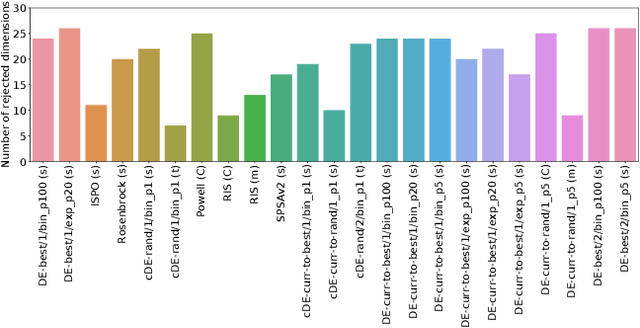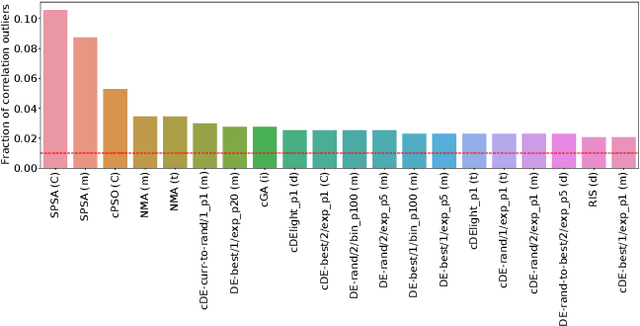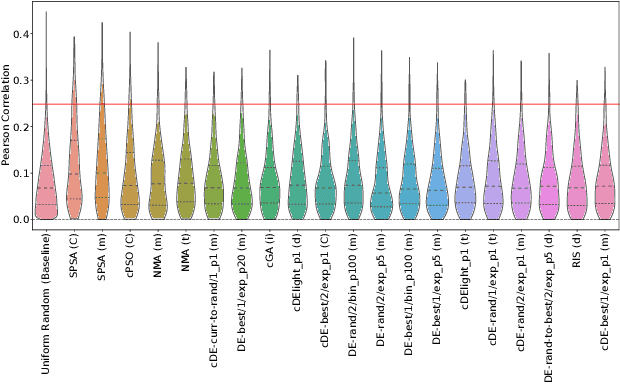Is there Anisotropy in Structural Bias?
Paper and Code
May 10, 2021



Structural Bias (SB) is an important type of algorithmic deficiency within iterative optimisation heuristics. However, methods for detecting structural bias have not yet fully matured, and recent studies have uncovered many interesting questions. One of these is the question of how structural bias can be related to anisotropy. Intuitively, an algorithm that is not isotropic would be considered structurally biased. However, there have been cases where algorithms appear to only show SB in some dimensions. As such, we investigate whether these algorithms actually exhibit anisotropy, and how this impacts the detection of SB. We find that anisotropy is very rare, and even in cases where it is present, there are clear tests for SB which do not rely on any assumptions of isotropy, so we can safely expand the suite of SB tests to encompass these kinds of deficiencies not found by the original tests. We propose several additional testing procedures for SB detection and aim to motivate further research into the creation of a robust portfolio of tests. This is crucial since no single test will be able to work effectively with all types of SB we identify.
 Add to Chrome
Add to Chrome Add to Firefox
Add to Firefox Add to Edge
Add to Edge